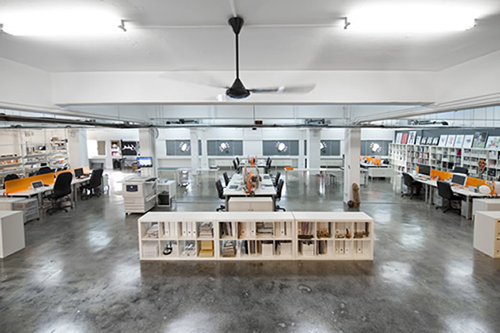This is pretty interesting. Just like social physics has cropped up as a concept recently (especially as regards health care), now something called “urban physics” is cropping up, specifically at MIT and NYU, among other university locations. The basic idea is studying — using the Big Data surge of the moment — how different aspects of a city interact, so that you can make better decisions in terms of planning said city. Cities have long — well, for a little while at least — done stuff like this with traffic, but now the implications are even broader:
Urban physics, a more recent addition to Urban Studies, is currently being used by researchers at MIT and NYU to determine how systems within a city interact with each other and with individuals. Marrying traditional research principles with Big Data, urban physics involves monitoring and analyzing an endless supply of urban variables — crime rates, traffic flow, spread of infectious diseases — to understand emerging patterns, problems, and opportunities for change. Urban physicists are applying this research to reimagine a number of concepts, including the energy efficiency of city buildings, infrastructure conditions, and emergency detection.
Here’s where it gets interesting. You can take the same principles above — the ones we’re applying to whole cities — and apply them to micro-environments, such as your office. Consider:
1. When is the workload the heaviest?
2. When do employees seem to want to get away from their desks the most?
3. When employees leave their desks, where do they go? Internal or external?
4. Is there a pathway for natural communication across departments?
5. Is the vibe of the office sterile or conducive to conversation?
That HBR article above talks about a couple of examples in the Chicago area — because that’s where the writer is from — of companies who took Big Data + urban physics and used it to refine how their offices look, feel and flow. For example, here’s a “Tiki Hut Bar” conference room at the Groupon Chicago offices:
This can all feel a little bit weird — one of the big things you’ll hear from “the old school” about the millennial generation is that they want crazy stuff like Nerf Guns in the office, but goddamn it that isn’t really work — but it’s also kind of interesting in terms of the future implications of everything. You are going to have / need a different workforce vibe in 20 years as a new generation becomes the predominant sector of the workforce, and reducing the sterility of the average office environment could help a little bit with breaking down silos. I mean, as we’ve discussed before, many standard office jobs could be done in pubs with solid Wi-Fi, so why not put speakeasy locations in your office, like Google Chicago did? People gravitate towards those types of spaces, and then suddenly you have marketing and HR at the same table. Maybe a great idea is born. Maybe not, but let’s dream big here, OK?
While people have been a bit slow to fully embrace Big Data, here’s the importance of it: why would you make a marketing decision, for example, off of gut if you could instead make it off of real understanding of your customers? Gut is something you try to eliminate in your day-to-day life of pursuing healthy options, right? So why do you base business decisions on it? Avoid gut, go for fact. And while the focus should be on the end user of whatever you do — because that’s how you make money — you can apply the same principles internally to figure out the best layout for your team and office. It’s not necessarily just about fun, zany and different types of space — that’s part of it — but it’s about a bigger package of where people want to go, when they go there, what they do there, and so on and so forth.


One Comment
Comments are closed.